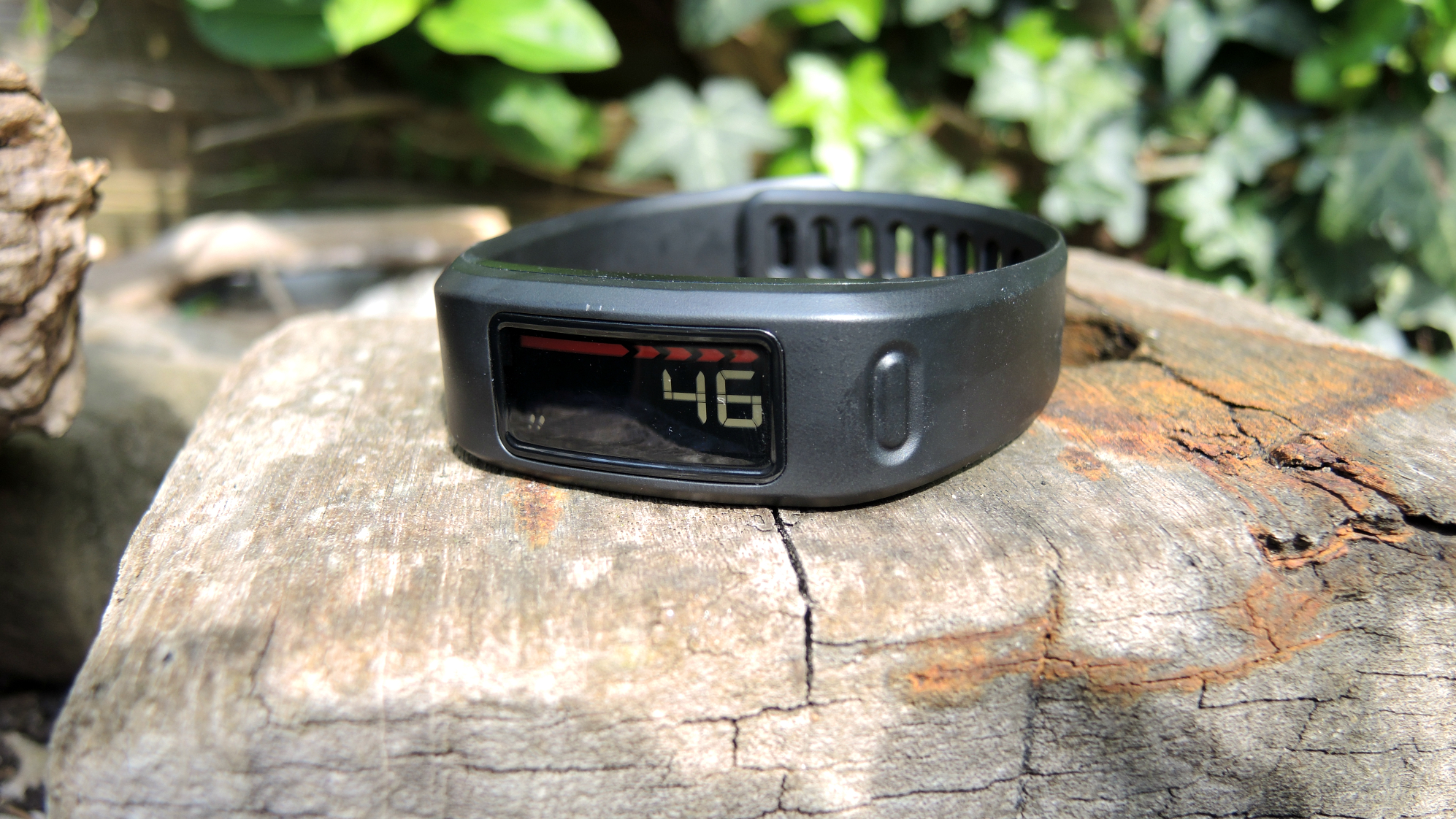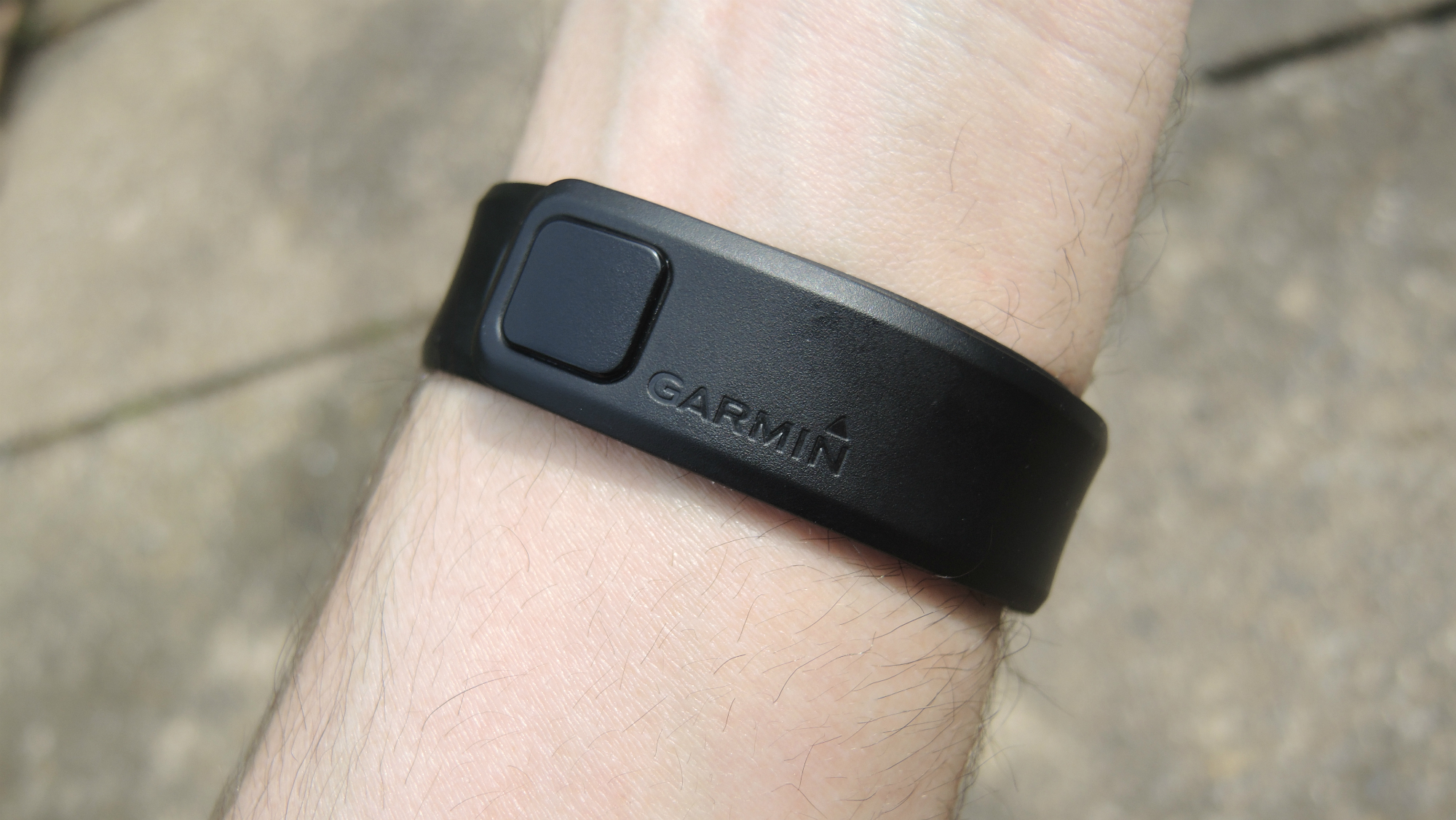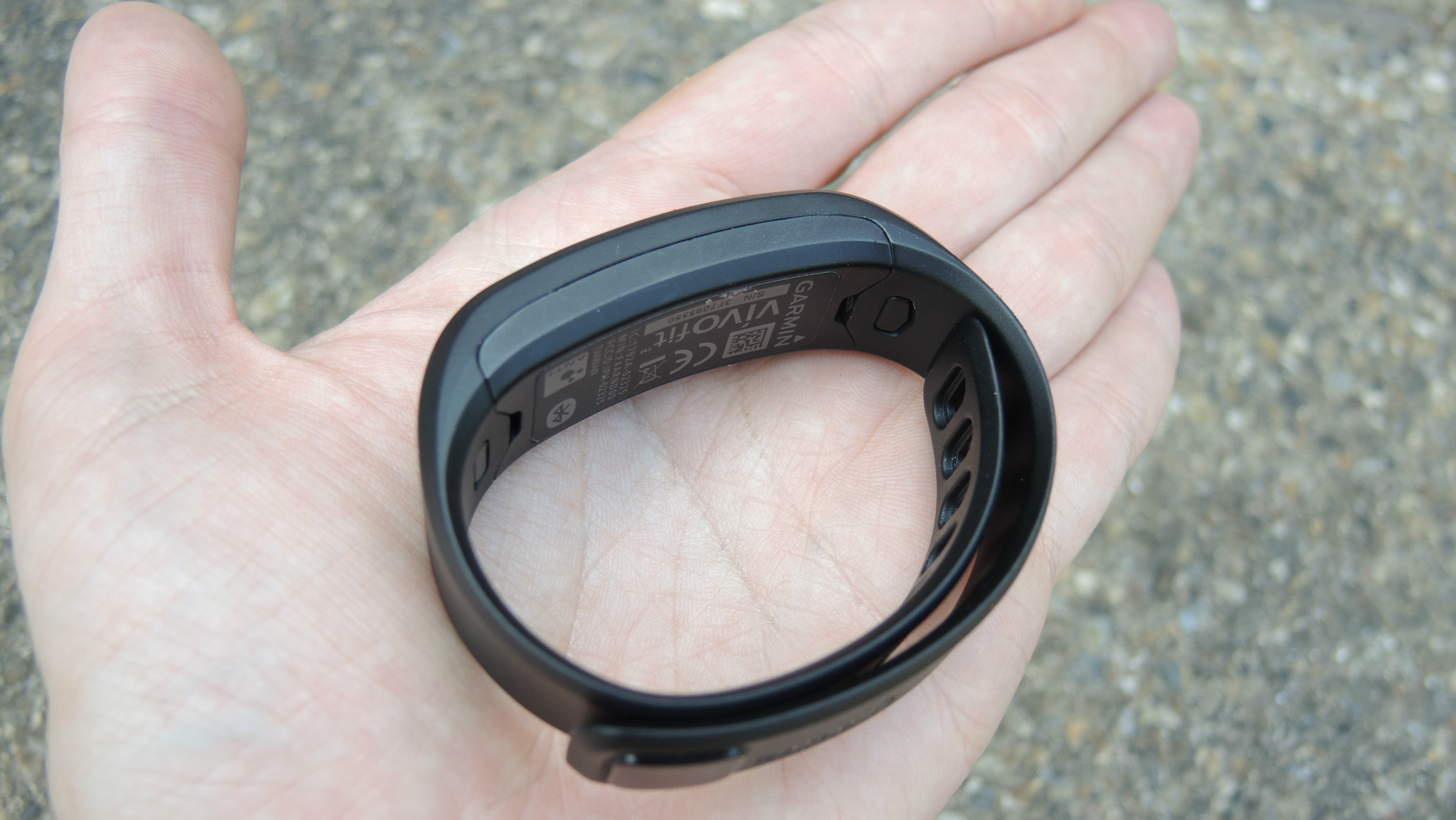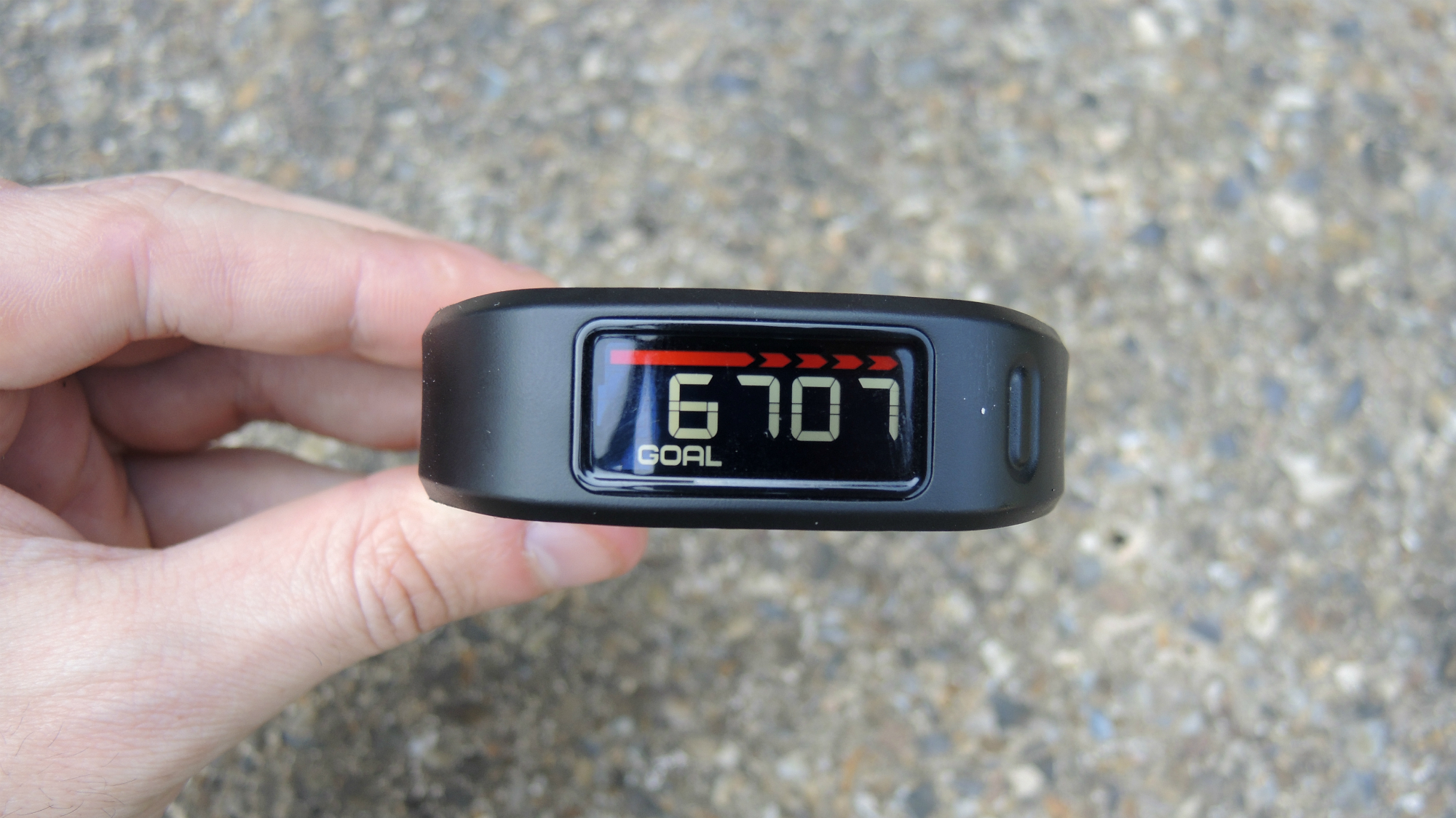TechRadar Verdict
With an always-on display and year-long battery, the Vivofit is a solid life tracker - it's just missing a few needed features.
Pros
- +
Always-on display
- +
Year-long battery
- +
Inactivity meter is a great reminder
Cons
- -
No backlight
- -
No altimeter
Why you can trust TechRadar
Unlike TomTom, Garmin had the idea of creating its own serious running watch quite some time ago. The first Forerunner surfaced all the way back in 2003, but it's taken until now to come up with a product fit for this brave new age of the 'casual' fitness fan.
It might be a pure Garmin product, but the Vivofit doesn't take advantage of the company's GPS in the way of the Forerunner. Instead it flaunts itself as a glorified pedometer with enough of its own unique features to keep you moving throughout the day - and all for just £99/US$130/AU$159).
In its look, the Vivofit takes a little bit from here and a little something from there. The shape of the band and its choice of clasp is best compared to the Fitbit Force/Flex, but its use of a single button for cycling through displays is more akin to the Nike FuelBand SE.

The Vivofit is made up from a central module and the comfortable wristband in which it clips into. That wristband is interchangeable; you'll get two different sizes - small and large - in the box, and Garmin is also offering a range of colours for you to choose from. I used a black one for this review, but the blue is my personal favourite hue.
It might not be the most stylish fitness tracker on the market but the Garmin Vivofit bats away the competition in the design category for two reasons. First, it sports an always-on display, which is something that's invaluable for a product category that would (at least eventually) like to replace your wristwatch.

Unfortunately that display is not backlit (you'll still be reaching for your phone to check the time in the middle of the night), and it's just an LCD - nothing quite as spectacular as the Samsung Gear Fit's gorgeous curved OLED. But it's these design decision that allows for the second advantage: battery life.
Where most other fitness trackers pack the typical rechargeable lithium battery, the Vivofit uses two standard watch batteries. This gives the device a battery life of up to a year, at which point you can just pop in a couple of new cells.
Sign up for breaking news, reviews, opinion, top tech deals, and more.

Again, it's a significant advantage to have: fitness wearables designed for 'life tracking tracking assume a certain amount of neglect - they should be sat silently on your wrist/in your pocket/around your neck all the time.
Taking them off to charge interferes with that process, so the less it has to be done the better. The fact the Vivofit is 50m water resistant earns it more points for the same reason. It's just a shame that there aren't any swimming features to take advantage of that.
But yes, back to the lack of backlighting - it is an annoyance. A 24/7/365 tracking device shouldn't become less functional when it gets dark, but the inability to check the display in the dark, coupled with the lack of any sort of alarm, mean you'll still be relying on your phone a lot.

Hugh Langley is the ex-News Editor of TechRadar. He had written for many magazines and websites including Business Insider, The Telegraph, IGN, Gizmodo, Entrepreneur Magazine, WIRED (UK), TrustedReviews, Business Insider Australia, Business Insider India, Business Insider Singapore, Wareable, The Ambient and more.
Hugh is now a correspondent at Business Insider covering Google and Alphabet, and has the unfortunate distinction of accidentally linking the TechRadar homepage to a rival publication.
